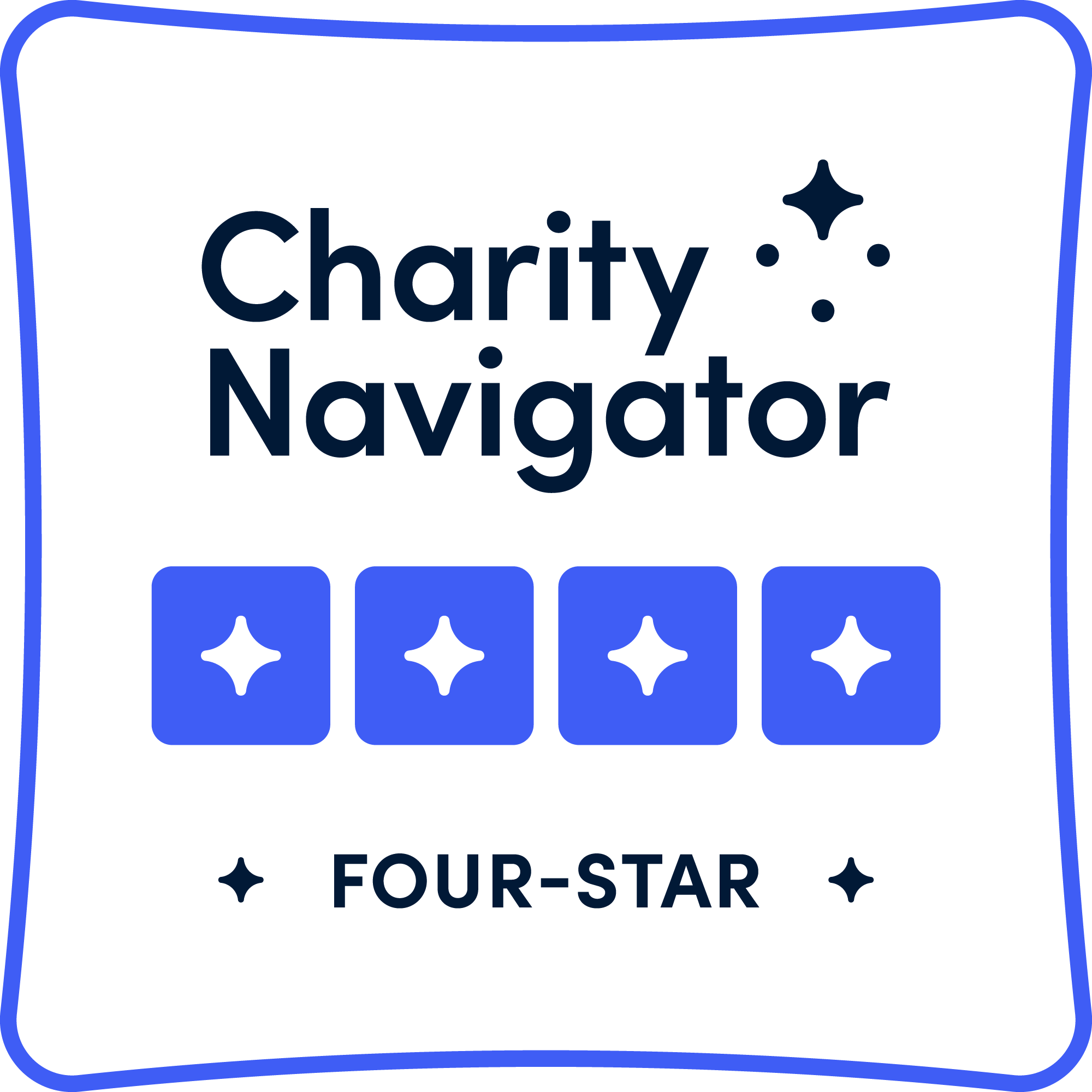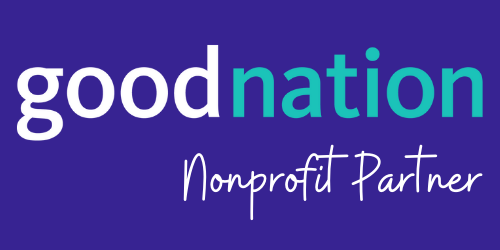
Online sexual abuse and exploitation of children (OSAEC) is a grave and growing concern. This includes the production, distribution, and consumption of child sexual abuse materials, often for personal gratification or monetary gains.
In recent years, the Philippines has emerged as a global hotspot for OSAEC crimes, in part because of its large English-speaking population, widespread access to technology and internet, strong financial payment infrastructure, and absence of perceived social norms for how to report these crimes. UNICEF estimates that 8 out of 10 Filipino children are at risk of online sexual abuse, and for every 100 Filipino children, two to three have had their nude bodies or sexual activities distributed through cellphones or the internet.
Despite the already alarming statistics, the true extent of OSAEC is likely significantly underreported. Addressing underreporting is essential to (1) uncover the full scale of OSAEC, (2) implement effective prevention and intervention strategies, and (3) provide adequate support to survivors. Through a collaboration between ideas42 and Bahay Tuluyan (a Philippine organization working in child rights) and with generous financial support from The Asia Foundation, our team sought to understand and address the behavioral barriers that lead people to underreport OSAEC cases. This work is an important step in protecting children worldwide.
Behavioral Barriers to OSAEC Reporting
We analyzed the underreporting OSAEC cases by mapping key steps in an individual’s reporting journey. This helped us to examine barriers to reporting at three key stages of behavior:
- Attention: the factors that prevent individuals from knowing what constitutes OSAEC, believing OSAEC is wrong, and noticing the signs of OSAEC in various contexts.
- Intention: the factors that may prevent individuals from forming a strong motivation to report suspected cases of OSAEC.
- Action: the obstacles that hinder individuals from knowing where or how to report, filing the report, and following through with all required steps.

We outlined this Reporting Journey to identify behavioral barriers at each stage.
Our team conducted 17 in-person qualitative interviews with community members, collected 603 online survey responses from people across the Philippines, and audited 13 reporting channels (in-person, phone-based, and online). This exercise helped us understand Filipino perspectives on OSAEC, as well as their experiences with the reporting process.
Behavioral barriers are concentrated upstream, in the Attention phase
Due to lack of awareness around the extent of the problem, as well as its sensitive nature, OSAEC is not commonly discussed among community members. There are therefore limited opportunities to learn and think about the issue. The lack of awareness is particularly prevalent in pockets of the Filipino population that are older, have less education, live in rural areas, and are less technologically savvy.
The difficulties in identifying and reporting suspected OSAEC cases are compounded by social norms that consider it inappropriate to involve yourself in others’ “personal, family matters.” Many people were concerned about backlash for involving themselves in others’ matters, as well as negative impacts on the family for exposing their personal family matters.
Potential reporters did not trust the authorities to handle the report confidentially or follow through with actions to help victims. Therefore, the potential reporter perceived a risk of repercussions for all parties (including the victim, their families, and the reporter themselves) in terms of reputational damage, stigmatization, social acceptance, and safety. As a whole, this gave potential reporters the perception that identifying and reporting cases of OSAEC could have widespread negative consequences that outweighed the benefits of reporting.
Incorrect mental models encourage victim blaming. Even among those who would like to report, people may miss cases due to their misperceptions about who are likely to be the victims and perpetrators of OSAEC. Many falsely believed that OSAEC was most prevalent among teenagers, and thought they voluntarily engaged with strangers for pocket money. This form of victim blaming was prevalent, both in blaming the minor for being abused and blaming their parents for being unaware. In reality, the median age of an OSAEC victim is only 11 years old, and their abuse is often facilitated by family members. Such victim blaming ignores the context that the victims find themselves in, and overemphasizes their personal characteristics as a main driver of the abuse. Community members with misaligned mental models of OSAEC could have difficulty noticing subtle signs of abuse in an unexpected context. Moreover, those who incorrectly blame the victims and their parents may ignore the collective responsibility of identifying and reporting cases.
Reporting mechanisms are complex and filled with small hassles, which may have a large impact on whether someone decides to report a case or not. To fully understand the challenges of reporting, we worked with our local partners to file a series of fake OSAEC reports across 13 reporting channels. In attempting to file the reports, we found most channels were nonfunctional, confusing, or poorly managed. For example, Barangay Officials (elected community leaders) were unaware OSAEC was a crime, asked insensitive questions to reporters, and were unsure how to direct the report to law enforcement.
Untapped Touch Point: Barangay Officials
Through this work, we identified barangay officials as an important and highly influential, yet underutilized, stakeholder. Barangay officials are elected local leaders that address community problems, such as community disputes, unemployment, drunkenness, teen pregnancy, and poverty. They are often a first point of contact for community issues.
Barangay officials hold a multifaceted role when it comes to OSAEC—a potential reporter, community educator, and reporting channel. As a potential reporter, they face many of the same attention-related barriers to reporting, including being unaware of what constitutes OSAEC. Their lack of awareness also creates a barrier for other potential reporters, as engaging with an uninformed reporting channel creates discomfort and hassles. That said, barangay officials’ roles as community leaders and educators makes them highly influential in determining which issues are prioritized by the community. Because they could be a powerful ally in combating OSAEC, we decided to focus on barangay officials as our target audience.
There are more than 40,000 barangay offices in the Philippines (with 8 to 10 officials per office), so our goal was to create solutions that were cost-effective and feasible to deliver on a large scale. Our team designed a toolkit to help barangay officials combat OSAEC, which included a poster, checklist, and referral card.
A notable theme in our designs was nostalgic childhood imagery and a positive, empowering tone. User testing revealed that this strategy made the materials more approachable and novel. Moreover, our behaviorally informed designs went beyond sharing knowledge; they also countered harmful biases and provided clear reporting actions. Initial user testing of the toolkit was promising, with barangay officials communicating openness to engaging on the topic of OSAEC and willingness to use this toolkit.
Online sexual abuse and exploitation of children is dismayingly prevalent. Because there are both structural and behavioral barriers to identifying, reporting, and ultimately reducing the number of cases, it is not a trivial crime to solve. In the Philippines, barangay officials are a key, underutilized touch point in the system. Providing this stakeholder group with the knowledge and resources to identify and report cases is a promising avenue for protecting children; it could not only improve the reporting mechanism but also have ripple effects, inspiring the average community member to engage with the issue.
In future phases of this work, we would like to explore how these resources fit different contexts throughout the Philippines, including different regions and stakeholder groups (such as schools and hospitals). We also hope to develop behavioral interventions to bridge the intention–action gap to reporting of OSAEC cases. This behavioral lens is a crucial part of reducing OSAEC in the Philippines, and protecting more children from harm.








